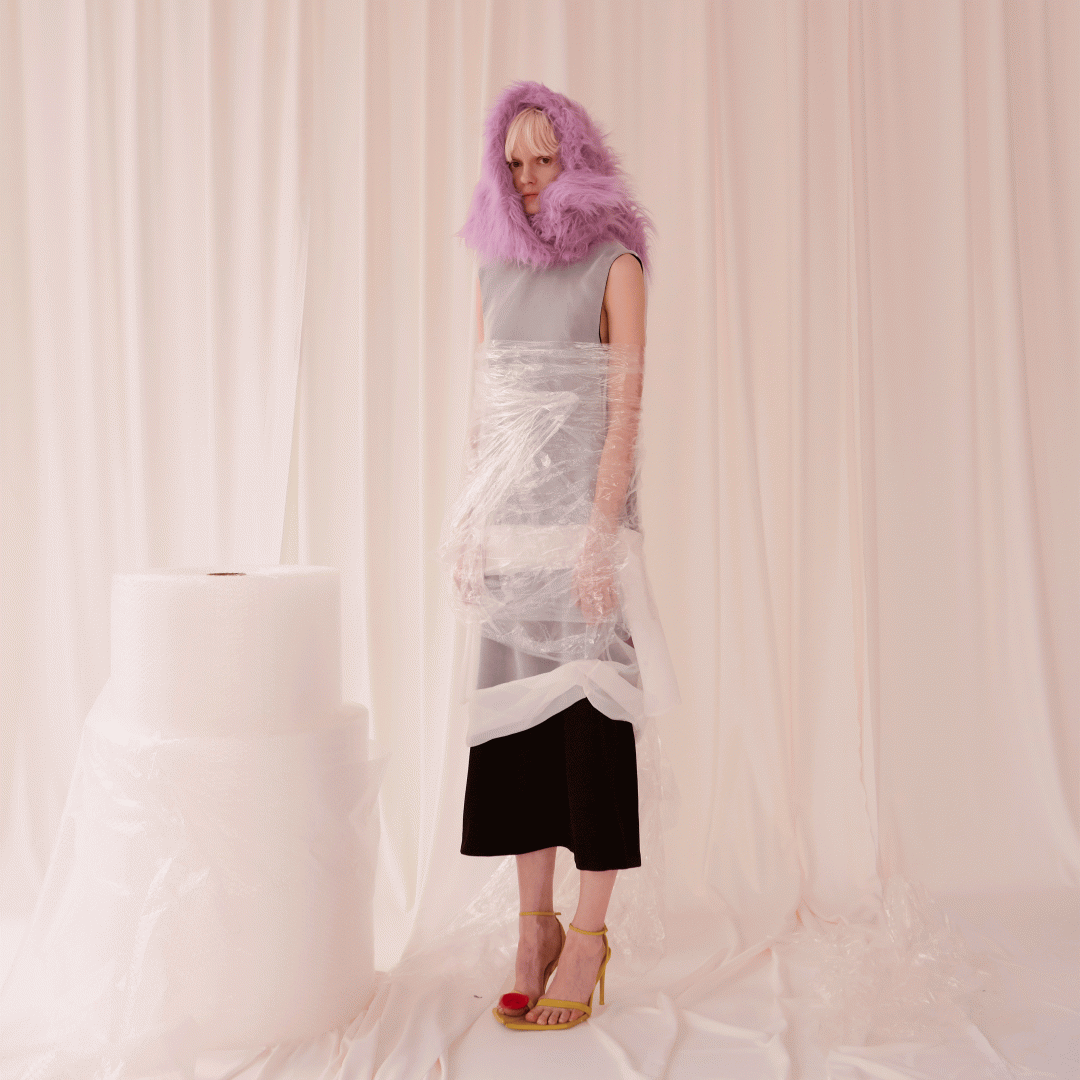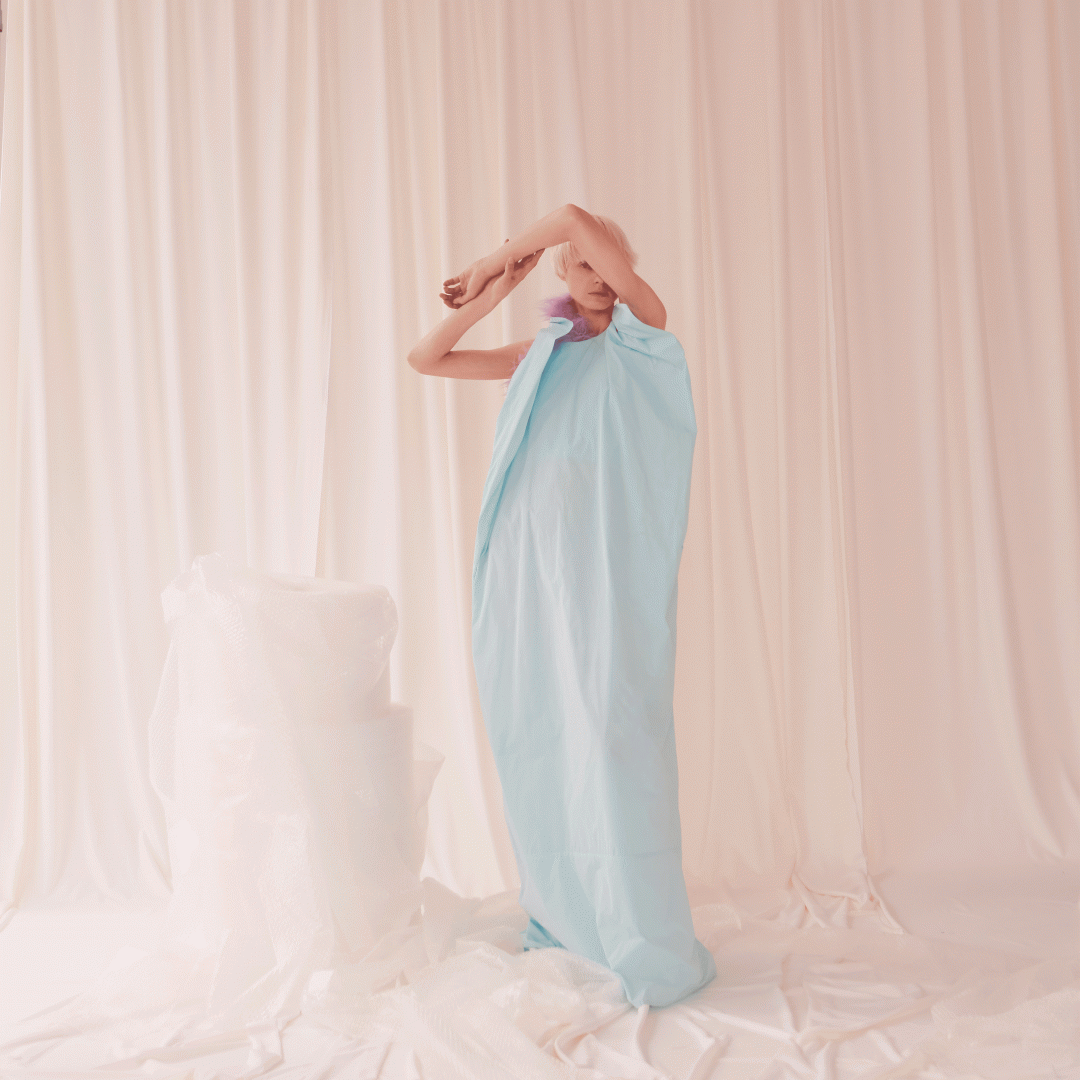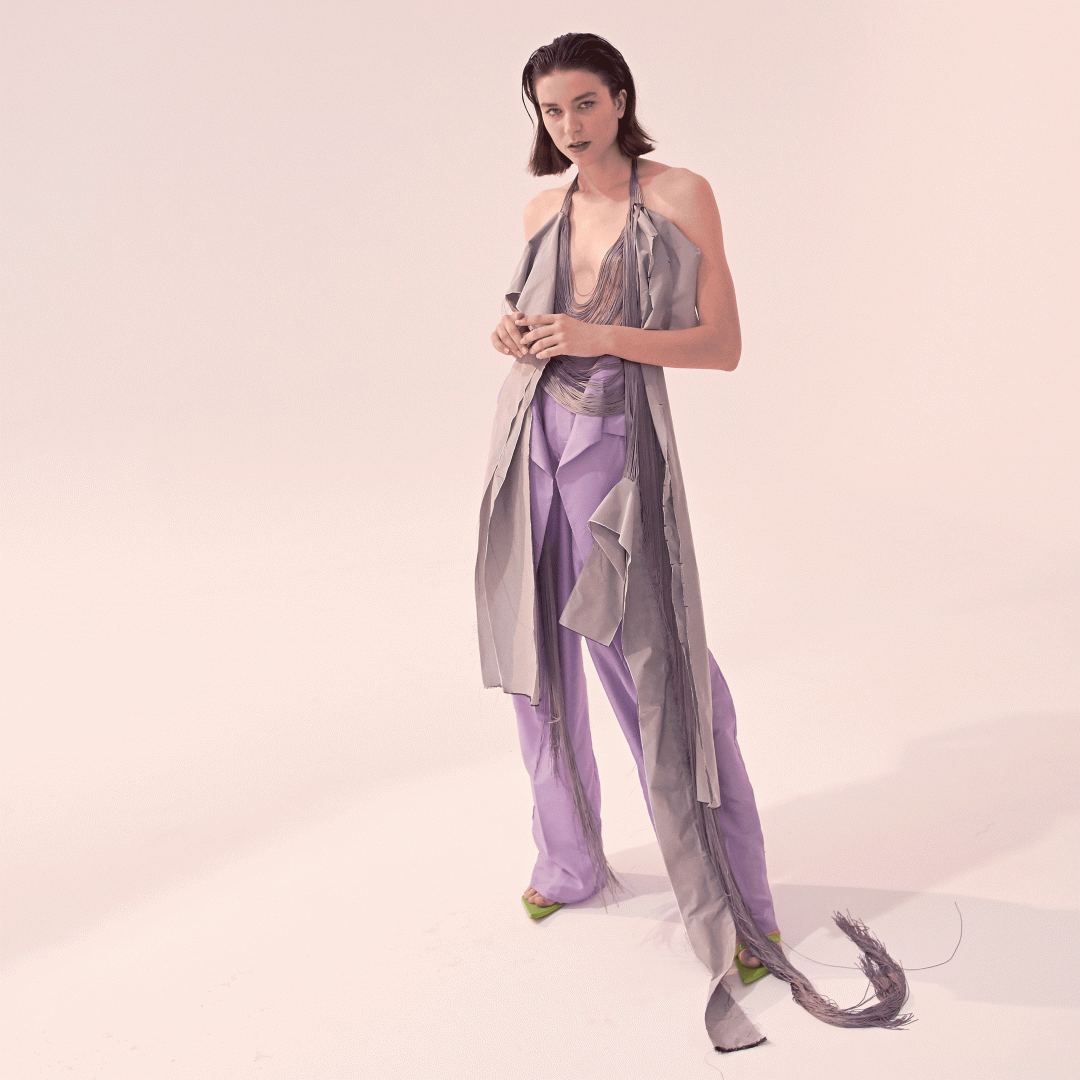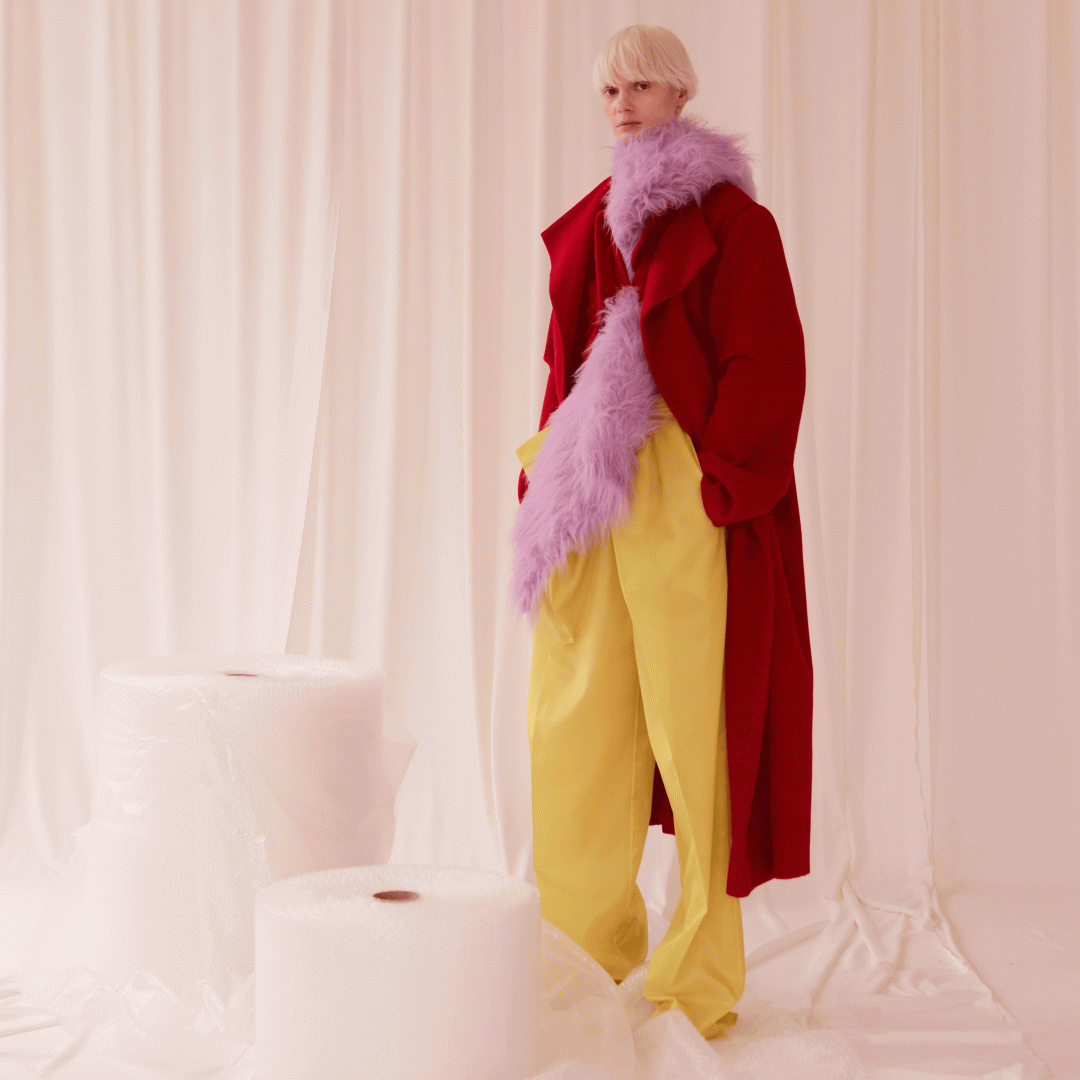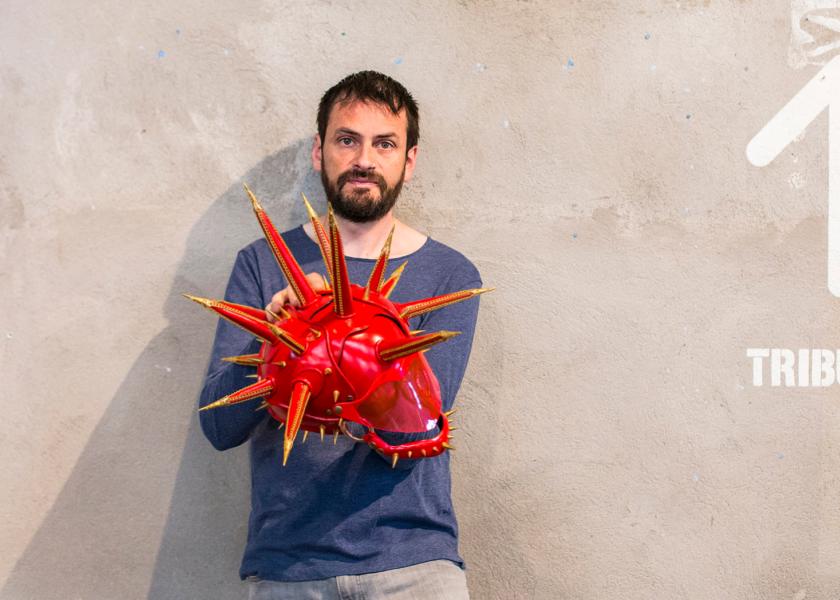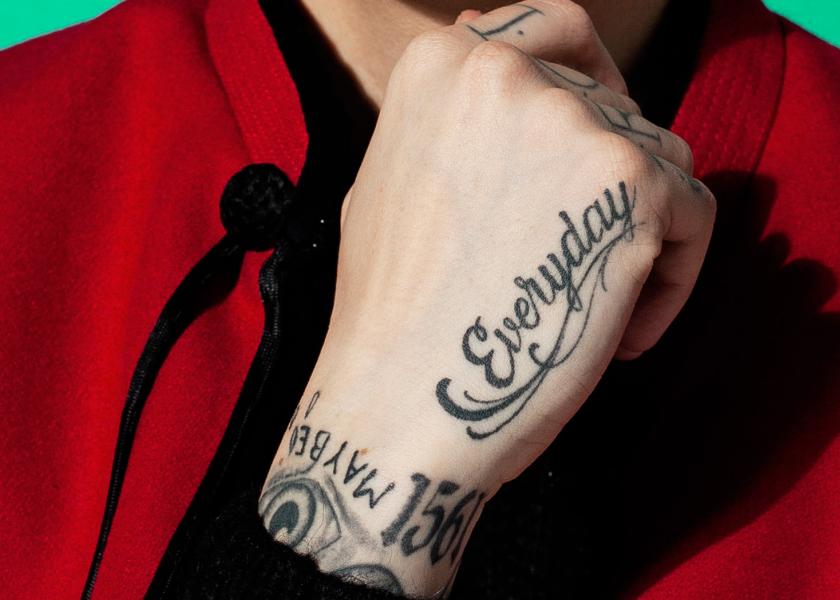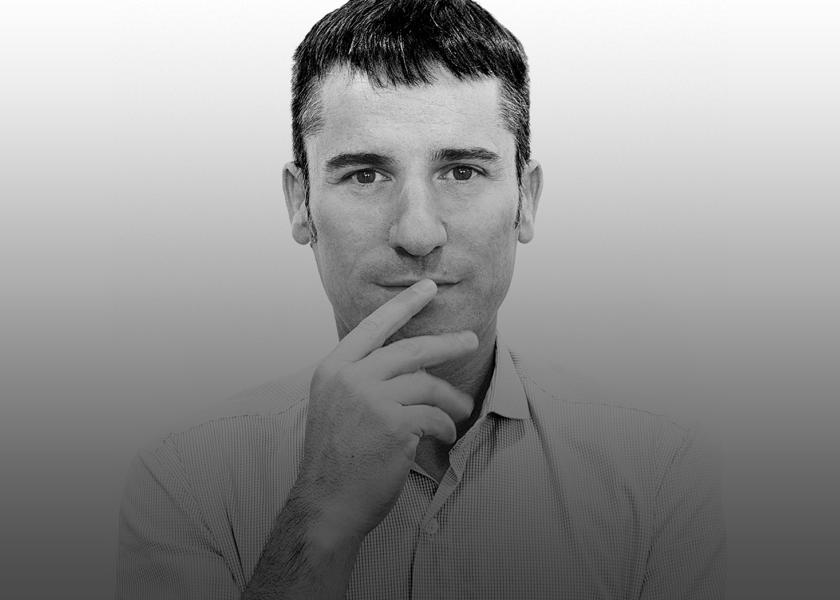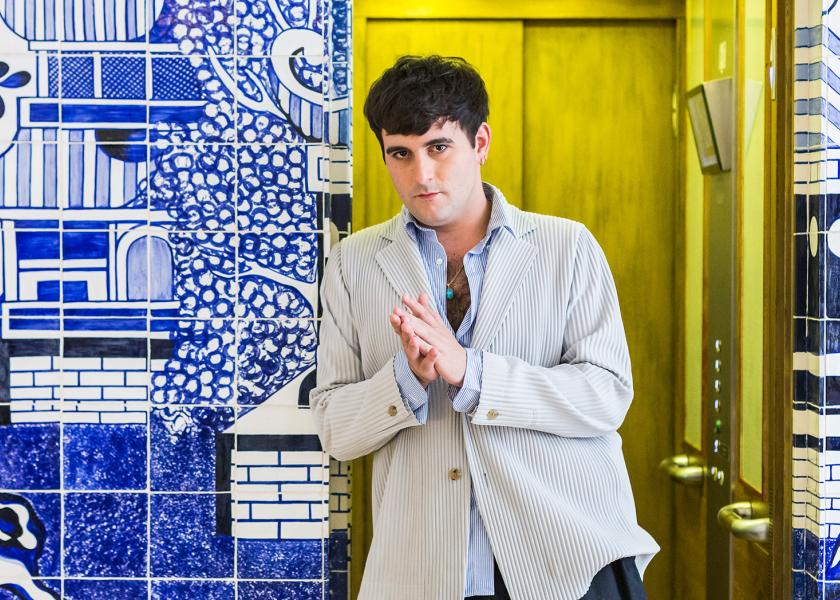Ernesto Naranjo
The Young Sevillian Designer who Captivated John Galliano
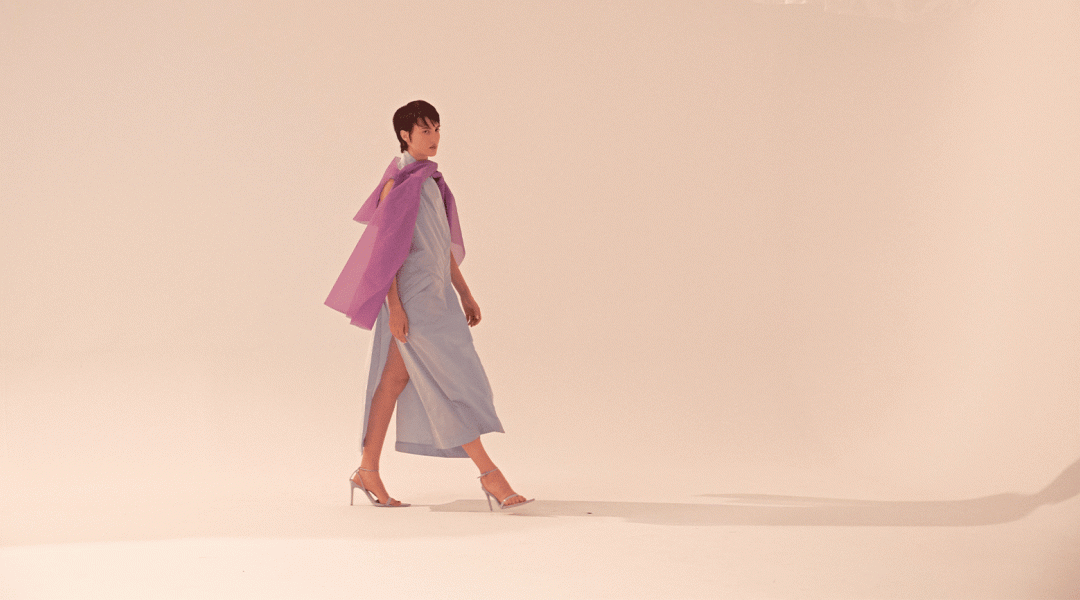
In a year and a half, the Sevillian designer has positioned himself as one of the most promising emerging creators in Spain. His motto? To design clothes that aren’t subject to trends, nor to the planned obsolescence of seasons. These days, he presents his new creations in Centro Cultural Conde Duque, as part of MBFWMadrid 2020.
The odds were against Ernesto Naranjo to become a frontline fashion designer. Born in Pilas, a small town in the province of Seville, in a large family unrelated to the fashion world, his fate seemed to be far away from global fashion capitals. But what fate didn’t take into account was the stubbornness of young Ernesto. While studying fine arts in high school, he sought to explore his passion for creativity and enrolled at a dressmaking school, his first contact with his future career. “What I found there were a few ladies learning how to make flamenco dresses. I was the only boy and, to make matters worse, the only student who tried to do things that had nothing to do with what was being taught in the school,” he recalls.
After studying a course at Madrid’s IED Istituto Europeo di Design, Ernesto took a most decisive step: he moved to London and enrolled at the prestigious Central Saint Martins Design School, earning a degree and a master’s degree with the help of two scholarships and student loans. “It was hard for me to move to England because I’m very close to my family, and we Sevillians are, by definition, very attached to our roots,” says Ernesto. “I arrived in London with a very narrow mind, and Saint Martins opened the doors to a more creative idea of fashion, in contrast with the commercial vision I’d had until then. It was an explosion of creativity for me, a place where I came into contact with cultures from around the world. It was an experience that helped me discover who I am because the training system encourages self-teaching quite a lot—it is based on projects rather than on attending traditional classes. The most enriching part was being immersed in such a blend of people and disciplines,” he says.
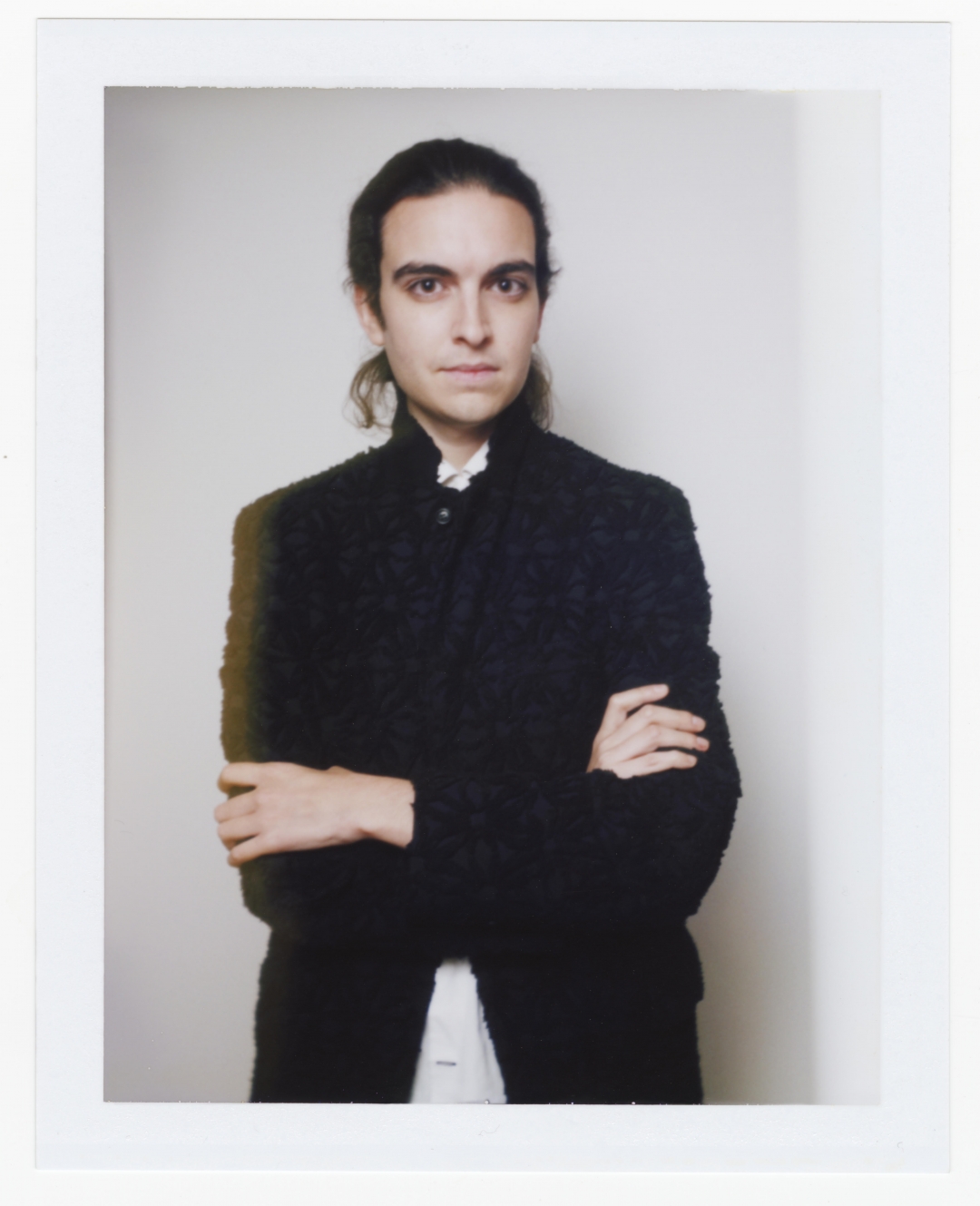
Designer Ernesto Naranjo, a history of tradition and transgression. @ Coco Capitán
2019, a year of success
Today, Ernesto Naranjo is in the process of consolidating his own brand with the halo of “emerging star”, having been short-listed for the Who's On Next 2019 award given every year by Vogue Spain and having worked closely with John Galliano at Maison Martin Margiela. “Working with John Galliano, I realized his working style was identical to mine at Saint Martins—the way he does research and frames clothes... I started with John as an intern and then stayed in the haute couture department, where I realized the most important for any creator is to have a very strong personality. I still consult him; he checks out what I’m doing and guides me a little, so I don’t lose track of what Ernesto Naranjo is.”
Naranjo’s work aims to recover the taste for clothes beyond seasons and the overwhelming torrent of trends. He makes designer clothes, his concept transcending the design of single collections. “Fashion isn’t sustainable because there are seasons. My concept of fashion entails more continuity. I don't put names to my collections nor label them; I assign them numbers. By doing so, my clients don’t feel influenced by the idea that a garment belongs to this or that season. My style is timeless, and the way I express that is, for example, by not using prints, since prints make you tired of clothes because you can feel when you’re wearing them a lot,” he explains.
Naranjo’s designs are very architectural: geometry and simple lines play an essential role, as well as monochromy, which works in favour of women when it comes to embracing the clothes. “Being from the south, I’ve always been contrary to the stereotyped codes of what it is to be Spanish. Working abroad has helped me reassess these codes and reinterpret them from a modern perspective, adjusting them to an international market. I use the strawberry trees, the colours of the south, but I do it from my own universe,” he says.
“Coming back to my hometown took me away from the epicentres of fashion, giving me a clearer vision of the reality of the world”
Returning to Pilas, his hometown, to set up a workshop, is one of his most deliberate steps to build the essence of his brand. “I’ve wanted to return home to imbue my clothes with a message that goes beyond aesthetics or creativity. The fashion consumer is growing increasingly more worried about where and how clothes are made,” he says. Setting up his workshop in his hometown is also synonymous with sustainability and social responsibility. “It’s important that my clothes come from Spain. Although it was very difficult for me to return, I realised coming back home had been very positive in that it took me away from the epicentres of fashion, giving me a clearer vision of the reality of the world.”
A Slow-Cooked Career
Ernesto showed promise from the very beginning of his studies. In February 2014, he won the Ego award for best emerging talent at the MBFWM. “I joined the competition just to see what happened and to have an experience. I won, and the repercussion was great, but people were a bit shocked because I didn't establish my brand and didn’t stay in Spain. I wasn’t ready back then to take that step.”
Despite the fact that new Spanish designers tend to make more commercially biased collections, the Sevillian creator sticks to his creative convictions. “This is happening because there is much fear, since new designers are not being supported as much as others. Many believe that by designing a more conservative collection it’ll be easier for them to reach the public. However, it is precisely at that moment in your career that you need to do something really crazy for the press to consider you. Otherwise, it’s very hard to reach buyers. If what you do doesn’t come from within, you end up harming yourself.” Freedom and being honest with oneself is something he’s learned from his family, his main motivation and the basic inspiration for his work. “My family is a great matriarchy formed by my grandmother, my mother, and my aunts: strong women, always cheerful and free, very southern, with a vital relationship with clothes.” A kind of vitality and strength Ernesto Naranjo breathes into each of his desings.
